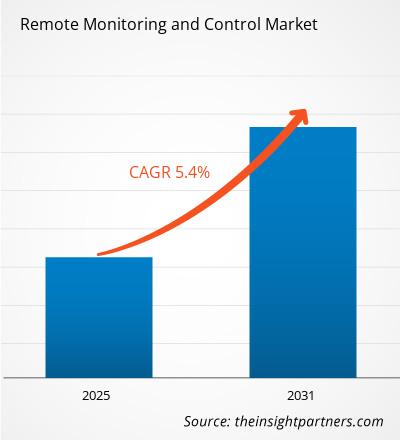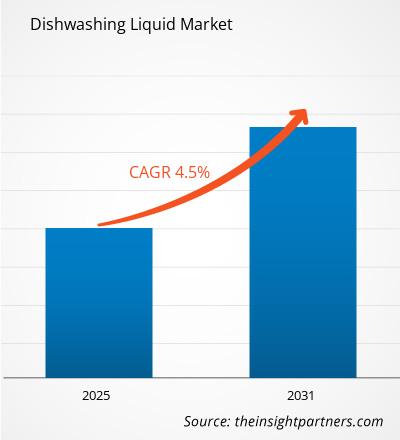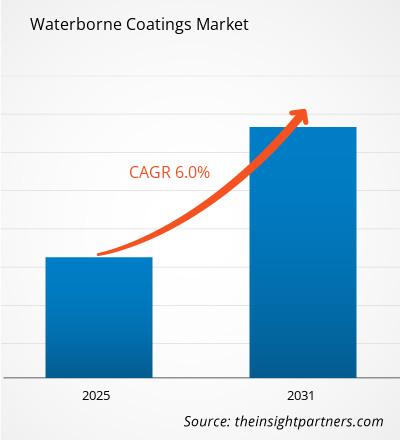UK Laboratory Furniture Market Trends: Emerging Opportunities
The UK Laboratory Furniture Market trends indicate a shift towards modular, ergonomic, and sustainable furniture solutions. The growing focus on research infrastructure modernization across pharmaceutical, educational, and biotechnology sectors is driving demand. Market players are increasingly adopting digital platforms to showcase product innovations and capture customer engagement. Integration of chemical-resistant, fireproof, and eco-friendly materials in furniture design is emerging as a key trend. Investors are paying close attention to market dynamics to identify growth opportunities. Explore more at UK Laboratory Furniture Market trends
.
Get Full Reports:https://www.marketresearchfuture.com/reports/uk-laboratory-furniture-market-50325
Emerging trends also include the adoption of smart laboratory systems, which facilitate seamless workflow management and enhance operational efficiency. Market segmentation indicates that urban laboratories with high research activities are leading in furniture adoption. Partnerships between laboratory designers and furniture manufacturers are facilitating tailored solutions that meet evolving research requirements. Additionally, the emphasis on sustainability and compliance with environmental regulations is shaping product offerings and encouraging innovation in the UK laboratory furniture market.
FAQs
Q1: What are the current trends in the UK Laboratory Furniture Market?
A1: Key trends include modular designs, ergonomic solutions, smart furniture integration, and sustainability initiatives.
Q2: Which segment is growing fastest in this market?
A2: Modular and customizable furniture segments are witnessing rapid adoption due to flexibility and efficiency.
The UK Laboratory Furniture Market trends indicate a shift towards modular, ergonomic, and sustainable furniture solutions. The growing focus on research infrastructure modernization across pharmaceutical, educational, and biotechnology sectors is driving demand. Market players are increasingly adopting digital platforms to showcase product innovations and capture customer engagement. Integration of chemical-resistant, fireproof, and eco-friendly materials in furniture design is emerging as a key trend. Investors are paying close attention to market dynamics to identify growth opportunities. Explore more at UK Laboratory Furniture Market trends
.
Get Full Reports:https://www.marketresearchfuture.com/reports/uk-laboratory-furniture-market-50325
Emerging trends also include the adoption of smart laboratory systems, which facilitate seamless workflow management and enhance operational efficiency. Market segmentation indicates that urban laboratories with high research activities are leading in furniture adoption. Partnerships between laboratory designers and furniture manufacturers are facilitating tailored solutions that meet evolving research requirements. Additionally, the emphasis on sustainability and compliance with environmental regulations is shaping product offerings and encouraging innovation in the UK laboratory furniture market.
FAQs
Q1: What are the current trends in the UK Laboratory Furniture Market?
A1: Key trends include modular designs, ergonomic solutions, smart furniture integration, and sustainability initiatives.
Q2: Which segment is growing fastest in this market?
A2: Modular and customizable furniture segments are witnessing rapid adoption due to flexibility and efficiency.
UK Laboratory Furniture Market Trends: Emerging Opportunities
The UK Laboratory Furniture Market trends indicate a shift towards modular, ergonomic, and sustainable furniture solutions. The growing focus on research infrastructure modernization across pharmaceutical, educational, and biotechnology sectors is driving demand. Market players are increasingly adopting digital platforms to showcase product innovations and capture customer engagement. Integration of chemical-resistant, fireproof, and eco-friendly materials in furniture design is emerging as a key trend. Investors are paying close attention to market dynamics to identify growth opportunities. Explore more at UK Laboratory Furniture Market trends
.
Get Full Reports:https://www.marketresearchfuture.com/reports/uk-laboratory-furniture-market-50325
Emerging trends also include the adoption of smart laboratory systems, which facilitate seamless workflow management and enhance operational efficiency. Market segmentation indicates that urban laboratories with high research activities are leading in furniture adoption. Partnerships between laboratory designers and furniture manufacturers are facilitating tailored solutions that meet evolving research requirements. Additionally, the emphasis on sustainability and compliance with environmental regulations is shaping product offerings and encouraging innovation in the UK laboratory furniture market.
FAQs
Q1: What are the current trends in the UK Laboratory Furniture Market?
A1: Key trends include modular designs, ergonomic solutions, smart furniture integration, and sustainability initiatives.
Q2: Which segment is growing fastest in this market?
A2: Modular and customizable furniture segments are witnessing rapid adoption due to flexibility and efficiency.
0 Commenti
0 condivisioni
93 Views
0 Anteprima









